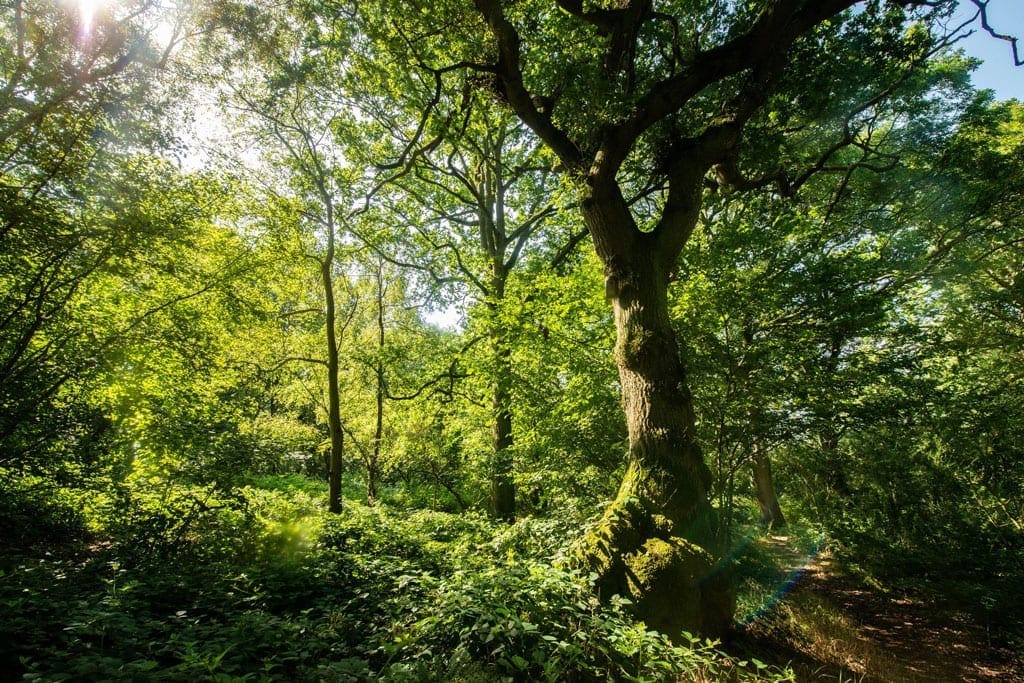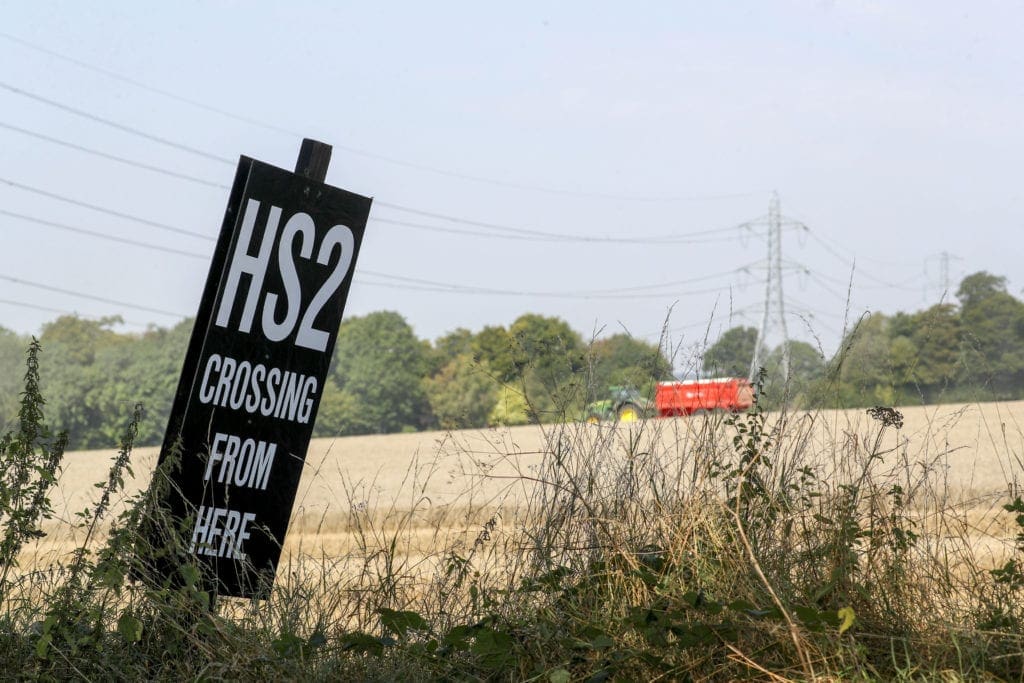
HS2 risks destroying “huge swathes” of irreplaceable habitats, including 108 ancient woodlands.
The Wildlife Trusts have said HS2 will damage the ecosystems that could solve the climate emergency.
The organisation said in its new report – which uses data from 14 Wildlife Trusts affected by the plans – is the “most comprehensive” assessment of the environmental damage that HS2 could cause.
Monthly Subscription: Enjoy more Railway Magazine reading each month with free delivery to you door, and access to over 100 years in the archive, all for just £5.35 per month.
Click here to subscribe & save
The HS2 project, which is estimated to cost £88 billion overall, aims to provide a high-speed rail service linking London and northern England.

What will HS2 impact?
According to the Wildlife Trusts’ new report, the current proposals will risk the loss of, or significantly impact:
- Five wildlife refuges of international importance.
- 33 Sites of Special Scientific Interest.
- 693 Classified Local Wildlife Sites.
- 21 Designated Local Nature Reserves.
- 26 Large landscape-scale initiatives, including four nature improvement areas awarded £1.7 million of public money.
- 18 Wildlife Trust Nature Reserves.
- 108 “irreplaceable” ancient woodlands.
The trust said “rarities” such as the dingy skipper butterfly could also be made extinct locally, while barn owls and endangered wildlife such as white-clawed crayfish could be impacted.
Nikki Williams, The Wildlife Trusts’ director of campaigns and policy, said: “The figures are grim and the reality is worse.
“HS2 will destroy precious carbon-capturing habitats if it’s allowed to continue in its current form. It will damage the very ecosystems that provide a natural solution to the climate emergency.”
“HS2 will destroy precious carbon-capturing habitats if it’s allowed to continue in its current form.”
She said HS2 Ltd’s proposed mitigation for the environmental impact was “inadequate”, labelling the measures they have already suggested as “amateurish” and in “the wrong place”.
The Wildlife Trusts said if the project was to go ahead, a “new” and “greener” approach was needed. It has now called on the Government to “stop and rethink” the project.
HS2 should lead by example
Hilary McGrady, director general of National Trust, said: “As Europe’s largest project of its kind, HS2 Ltd has a vital responsibility to lead by example and get this right by delivering a net gain for nature.
“We recognise that designing the railway is a long process but plans for HS2 must not end up cutting corners at the expense of the environment.”
HS2 Ltd said it will deliver a railway that “respects” the natural environment through the creation of a “green corridor” along the route.
According to the company’s website, nine square kilometres (3.4 square miles) of new woodlands – made up of seven million trees and shrubs – will be created. It claims the figure is more than double the amount affected by the project.
A further four square kilometres (1.5 square miles) of wildlife habitat will be established along the route.
An HS2 spokesman said: “The number of sites presented in this report as being ‘at risk of loss, or significant impact’ simply isn’t accurate.
“HS2 take the environmental cost of construction very seriously.
“That is why we’re delivering an unprecedented programme of tree planting and habitat creation alongside the new railway – with seven million new trees and shrubs set to be planted between London and Birmingham alone – new native woodland planted to link up ancient woodland, and tailored mitigation plans in place for protected species.”
HS2 also says the rail line will help cut the number of cars and lorries on the roads and demand for domestic flights, which will help the country’s fight against climate change.




